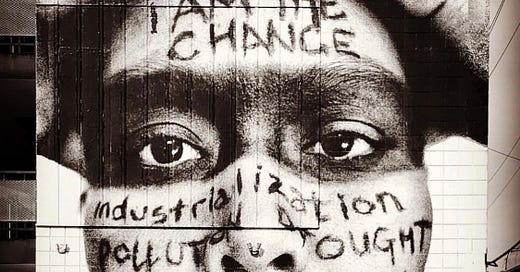The Native American Pipeline to Medical School in The United States: Accessible and Affordable or Exclusive and Elite?
The facts continue to undermine Inclusion and Equity PR | Media Update by Kimberly J. Soenen
(Photo by Dr. Chip Thomas.)
This article highlights a pipeline program that began this summer bringing young Indigenous people who hope to be doctors to train at Harvard Medical School and Brigham and Women’s Hospital.
The program is open to students and graduates of tribal and community colleges who might not have the resources, contacts, or know-how to successfully compete for spots in medical school.
Harvard Management Company returned 33.6 percent on its investments for the fiscal year ending in June 2021, skyrocketing the value of the University's endowment to $53.2 billion, the largest sum in its history and an increase of $11.3 billion from the previous fiscal year in 2020.
When reading about Equity, Inclusion and Diversity PR programs and “initiatives” such as these, it’s important to point to the current admission numbers and acceptance rate at Harvard. Here are the most recent admission numbers as published by Harvard.
Entering Harvard MD students, 2021:
MD (includes 16 MD–PhD students): 164
Applicants: 8,002
Admitted: 222 (2.8%)
Men: 79 (48%)
Women: 83 (51%)
Different identity: 2 (>1%)
"Underrepresented in medicine (African American, Native American, Hispanic, Mexican American): 38 (23%)
Asian: 58 (35%)
Can these programs truly be leveraging enrollment and access to medical school education for Native American students when, in fact, affordability, exclusivity and admission barriers to education persist?
My recent interview with Dr. Mary Owen dives into these issues head on. Owen suggests that until non-Native Americans address the root causes of exclusion, inclusion and evolution will continue to be out of reach in the context of health, healthcare and Public Health.
Read more from Dr. Owen here:





